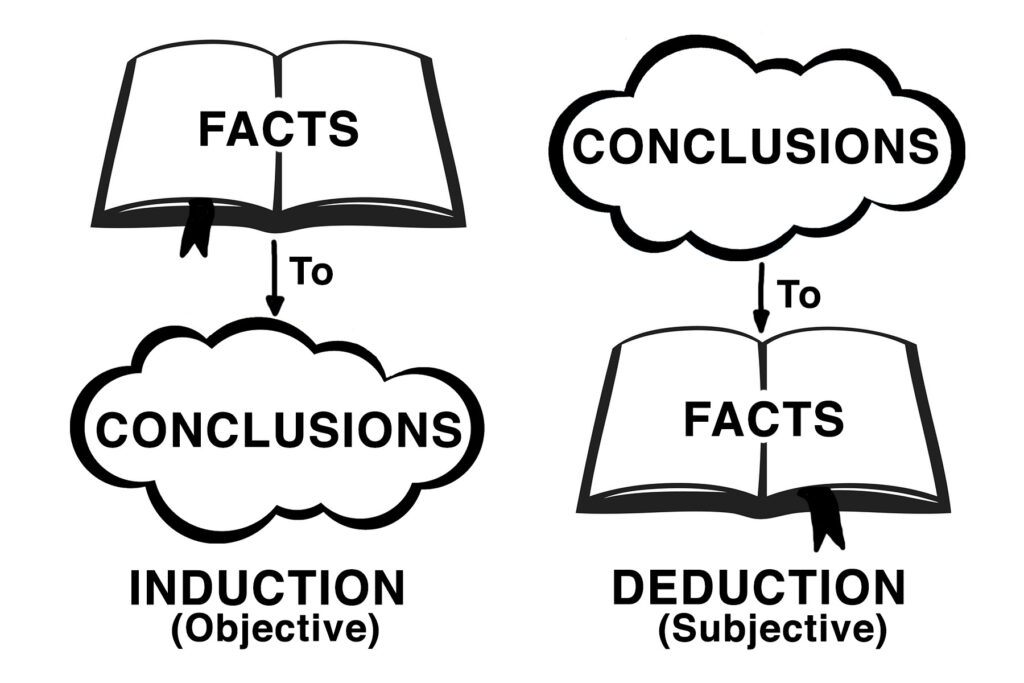Doing word studies is one of the basic skills for studying the Bible. I have gone over a few things about this skill in a previous post. Today I would like to get a few of these tools into your hands so that you can begin to work with them.
Electronic Word Study Tools
There are many apps and websites where you can use Strong’s Dictionary and other resources for free. Some of the paid options will have both.
Here are my recommendations for ‘electronic’ Bible word study tools.
Tecarta Bible
I have found the Tecarta Bible App to be particularly helpful. It was recommended to me by a friend years ago. I have it on my phone and iPad and use it often, their website is also very helpful.
The Strong’s dictionary in Tecarta includes the Brown-Driver-Briggs (OT) and Thayer’s (NT) definitions to Hebrew and Greek words.
When I downloaded this app I was able to get Strong’s for free, and have chosen to purchase a couple other helps from them since. The web app will let you use Strong’s for free.
Blue Letter Bible
Blue letter bible is a resource that has encouraged many in their Study of God’s word over the years. They have many helpful tools included in the platform: Strong’s, Thayer’s, and Brown-Driver-Briggs. Along with other helps like Treasury of Scripture Knowledge, and Matthew Henry’s commentary.
The interface of the web app can present a bit of learning curve, though after a few minutes you should be well on your way to some great Bible study.
E-Sword
For the PC there is no free tool that can compare to what E-Sword offers. This app will give you access to MANY tools and resources that will not only get you started but will also take you deep into Bible study (all at an unbeatable price: free)
E-sword also has paid iOS and MacOS apps that I think are worth the money. They currently have no official Android app.
If you use this app and find it helpful, please consider donating to the continued development of this tool.
Logos Bible Software
At the other end of the price spectrum is Logos Bible Software. This study tool system is anything but free, though it currently offers the broadest catalog for study tools, and it you are starting from scratch you may be able to build a library with them digitally for less than physical books.
I have used the software for several years now and it has been invaluable in sermon and lesson preparation.
You can start with around 40 resources for free (Logos 9 basic), including Treasury of Scripture Knowledge, Matthew Henry’s Concise commentary and a couple Bible dictionaries. Though you will have to pay some more to get Strong’s or Vine’s Dictionary.
Your Turn
Start looking into the word meanings of significant words in your bible reading time tonight or tomorrow morning.
Pick a tool from the list above, and give it a try.
If you already use a tool that I didn’t mention above, leave me a comment so that I can check it out.




